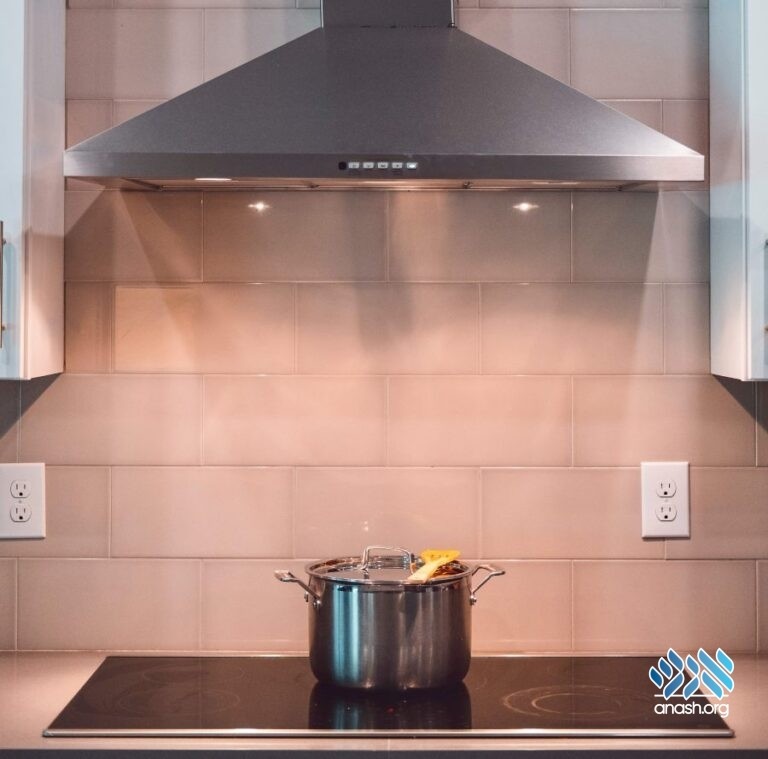Ask the Rov: Can I use my fleishig glass-topped burner for my Shavuos milchig cooking?
By Rabbi Chaim Hillel Raskin – Rov of Anash in Petach Tikvah
The status of glass with regard to kashering is debated amongst the Rishonim: Some hold it doesn’t absorb at all and doesn’t require kashering; others maintain that it shares the status of metal, which can absorb and then be kashered with hagala (boiling water); while a third view considers it like earthenware, which absorbs but can’t be kashered with hagala.1
The Mechaber rules that glass doesn’t absorb at all,2 while the Rama rules in Hilchos Pesach that glass is like earthenware and can’t be kashered with hagala. What about year-round? While some understand the Rama’s stringency to apply specifically to Pesach — but year-round, it can be kashered (or perhaps it isn’t even needed)3 — others hold he is stringent year-round except in a case of b’dieved.4
In order to withstand high temperatures without bursting, standard glass stovetops are made of glass mixed with other ingredients that shrink when heated to prevent the glass from exploding (similar to Pyrex bakeware and oven doors). Arguably, tempered glass may have a different halachic status since it may be less absorbent.
Earthenware can be kashered with libun chamur since, rather than extracting the forbidden flavor, it burns it out. While it is best to have a separate burner for milchig and fleishig, an electric burner can be kashered through libun by heating the coils until they are red hot.5
Even if the pot is then kept strictly on the coils, a spill during the cooking can form a connection between the un-kashered outer glass and the pot. Therefore, the glass surface around the burners should be covered with a thick layer of silver foil. (It is dangerous to cover the burners themselves with foil, though there are mats designed to cover the entire cooktop, which are optimal for this purpose.)
Alternatively, when needed — e.g., for Shavuos milchig cooking
— there are grounds to permit kashering this surface with hagala since, as noted, many are lenient regarding glass year-round. Moreover, kashering for Shavuos is only purging kosher fleishigs (“heteira bala”), not a forbidden substance, for which the Alter Rebbe holds that hagala or libun kal is sufficient.6
To kasher the surfaces around the burner, one must clean the glass well, not use it for 24 hours, and then turn on the burners to their highest heat. After the entire surface heats up, pour boiling water on the burners and have it splash over the rest of the glass, with the red hot coils acting as an even meluban. Finally, clean off the water and rinse the surface with cold water. Repeat this process when reverting to fleishigs after Shavuos.7
See Sources (open PDF)
From The Weekly Farbrengen by Merkaz Anash

Discussion
We appreciate your feedback. If you have any additional information to contribute to this article, it will be added below.